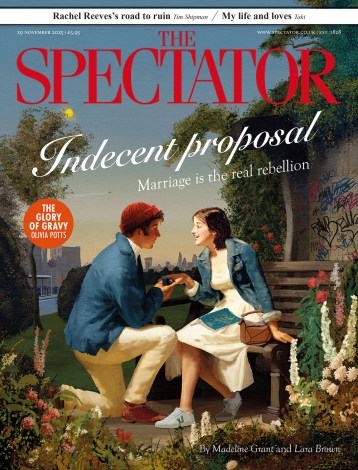This bright, burning flame of a novel takes place in the art world of 1970s New York. Our guide to this scene of glittering parties and eccentric characters — such as the White Lady, who wears white and goes to a grocery store to buy ‘milk, white bread, a can of hominy, and two jars of mayonnaise’ — is Reno, a young aspiring artist.
Alone and new to the city, Reno asks herself, ‘How do you find people in New York City?’ She relies on chance: ‘Chance shaped things in a way that words, desires, rationales could not. Chance came blowing in, like a gust of wind.’ She chances her way around New York, falling in with a crowd at a bar, tagging along to parties, going home with a man whose name she doesn’t want to know. She is a quiet observer, watching the characters of the art world, listening to them tell their stories and invent their fictions.
Rachel Kushner cleverly makes it apparent that Reno is in turn observed. She is pretty — ‘tall, lean’, with ‘dirty-blond’ hair — and attractive to Sandro, her older boyfriend, a successful artist who comes from a wealthy Italian industrialist family. Moreover, Reno gets a job as a ‘China girl’, posing next to a colour bar at the beginning of films to enable the lab technician to calibrate flesh tones. Intriguingly, it means that she is recorded on film, the image of her flesh is scrutinised by the technician, but when the film is played she becomes invisible: ‘My face strobed past too quickly, leaving only an afterimage’.
‘The allure was partly about speed’, explains Kushner, and Reno loves speed, as a China girl, or riding motorbikes. Her artistic ambition is to capture the essence of speed and the novel opens with her doing land speed trials, in order to document her tyre marks on the salt flats. It is a stunning opening and Kushner’s prose dazzles with invention. The sonic rip of a jet is ‘like a giant trowel being dragged through wet concrete’. As Reno rides the motorbike across the salt flats, she goes so fast that she ‘was in an acute case of the present tense’.
The novel, however, is written in the past tense, and while the prose is taut enough to prevent it from losing immediacy, the tense sharpens Reno’s naivete with the sense that her innocence will be lost. Kushner drops menacing hints of what is to come, creating a tension which compels the reader to turn the pages, but which also leads to frustration with the narrator. Reno, for all her love of speed, passively drifts to her fate, and you long for her to take control, stand up for herself, and answer back. When the ‘coming-of-age’ moment finally occurs, it feels predictable — a let-down in such a meaty, ambitious novel.
Reno is the still centre amidst the blur of speed, the lacuna in the noise of the parties, the transparent blue at the heart of a flame. The edges of the novel blaze with energy, but the centre feels strangely empty. I expect Kushner does this selfconsciously, but I wish Reno had some of the fire that sets the rest of the novel alight.





Comments